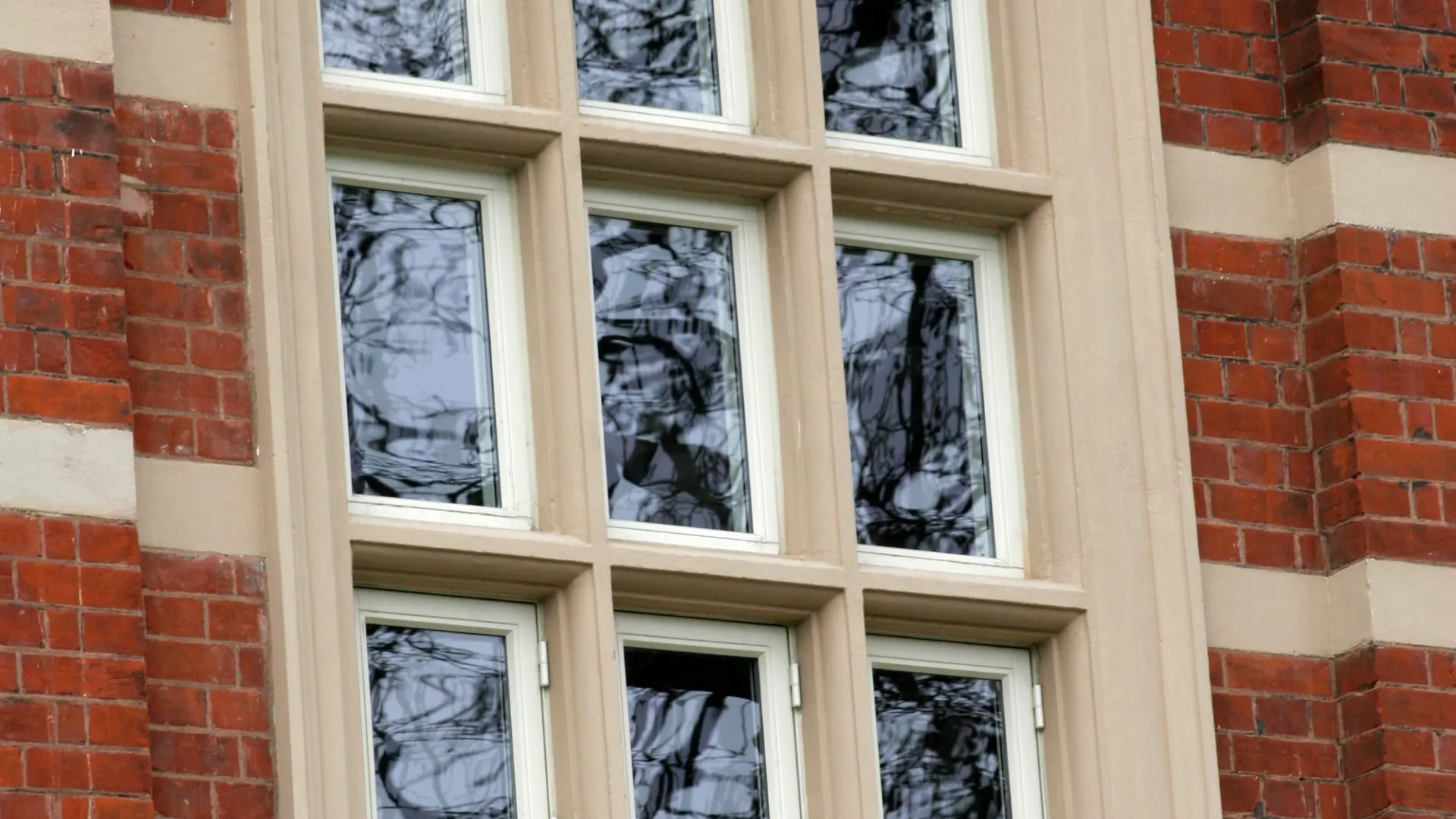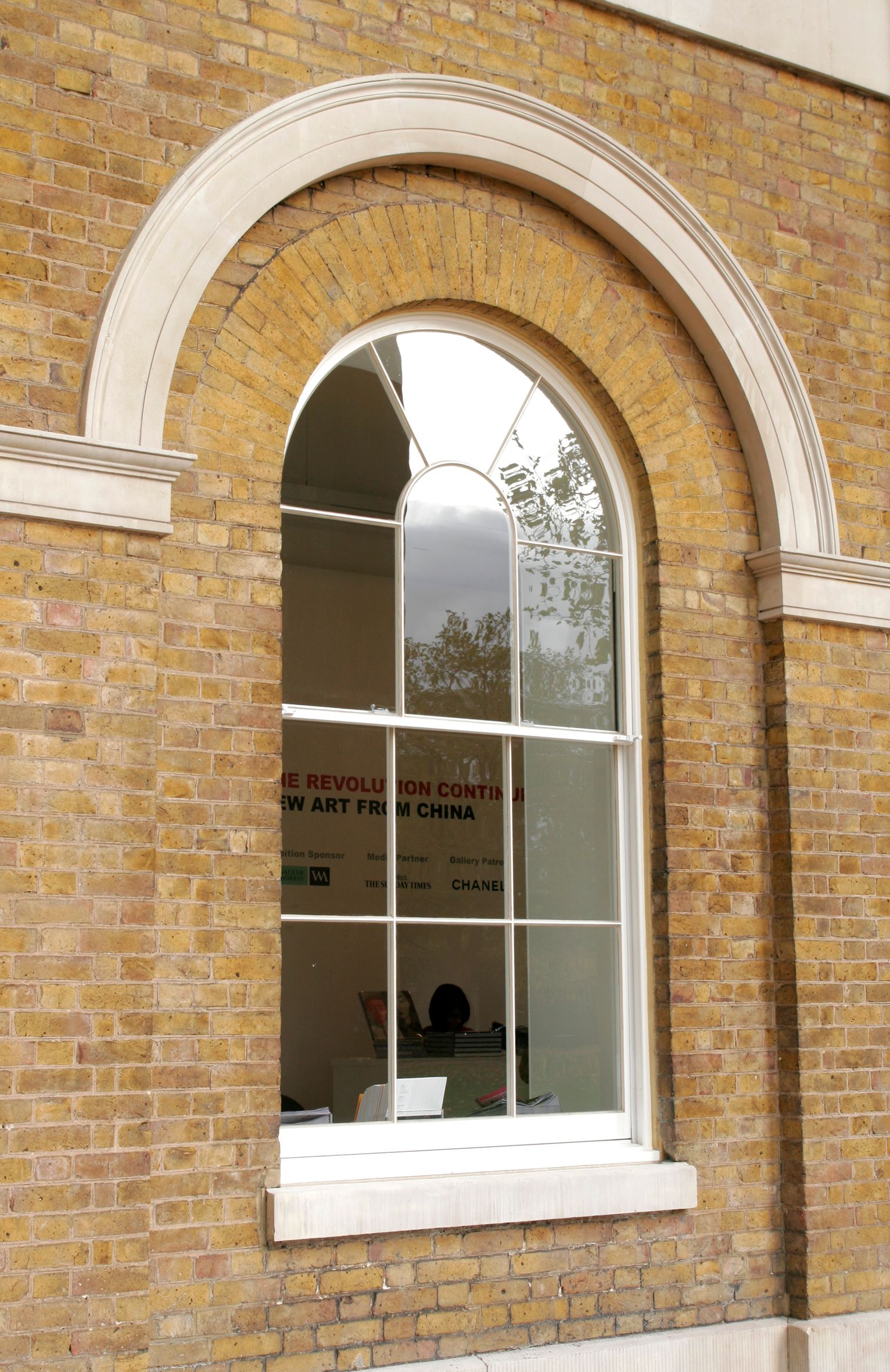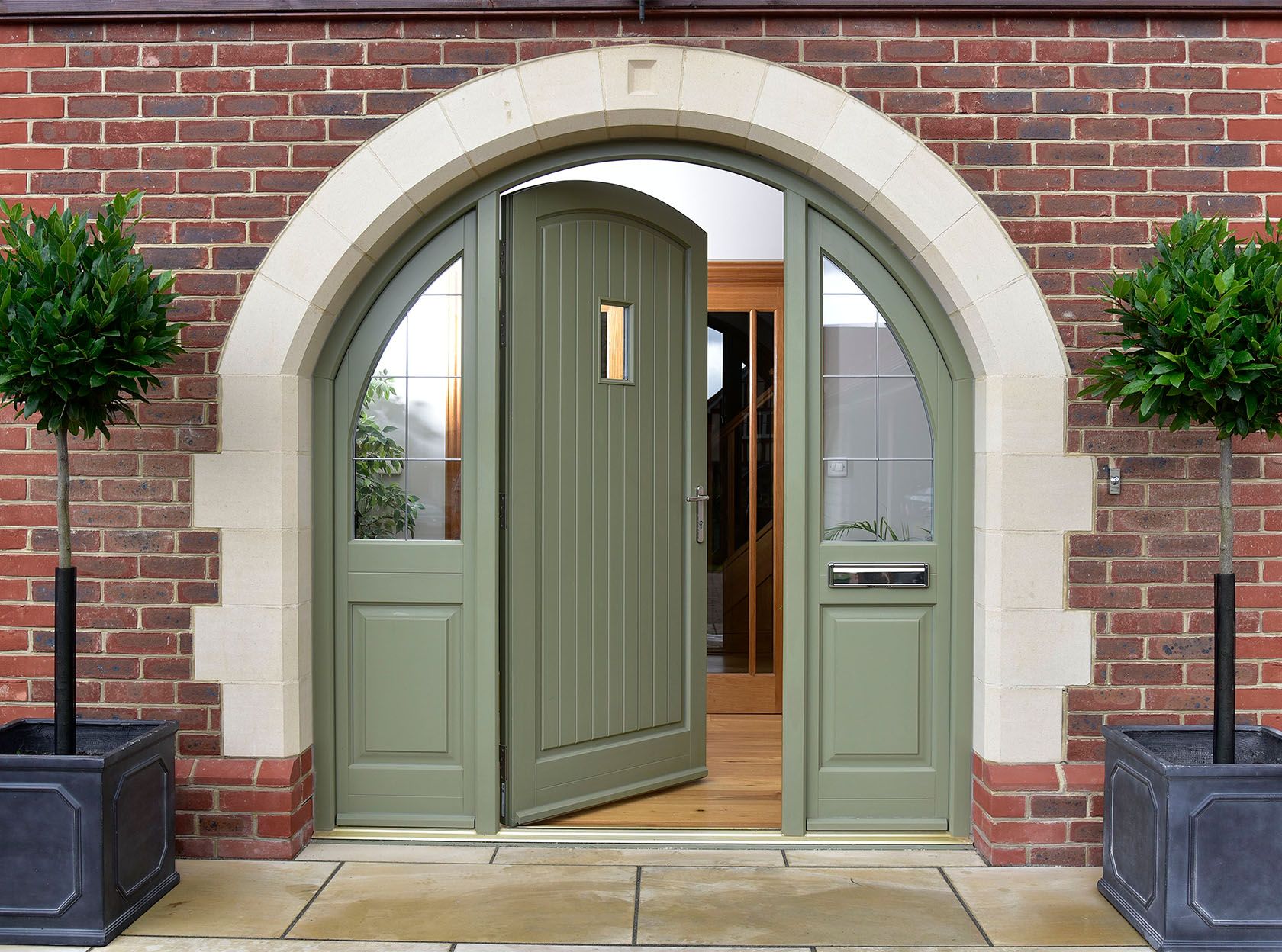This article examines the key benefits of utilising sustainable materials and highlights some effective options available for contemporary construction projects.
Reduce Energy Consumption
One of the most significant benefits of using sustainable materials in construction is that they can help to reduce energy consumption. Buildings are responsible for a significant portion of global energy consumption, and the use of sustainable materials can help make them more energy-efficient. For example, using insulation made from recycled materials can help reduce energy loss through walls, floors, and roofs, while solar panels can help generate clean electricity on-site. This not only helps to reduce the overall energy consumption of a building but also cuts down on greenhouse gas emissions and other pollutants.
Minimising Waste
Another benefit of using sustainable materials in construction is that they can help to minimise waste. Many traditional construction materials are neither biodegradable nor recyclable, resulting in a significant amount of waste. On the other hand, sustainable materials can be recycled or repurposed, thereby reducing the amount of waste generated during the construction process. Additionally, many sustainable materials are made from renewable natural resources that can be easily replenished.
Improves Air Quality
Sustainable materials can also improve indoor air quality. Many traditional construction materials emit volatile organic compounds (VOCs), which are harmful to human health. Sustainable materials, such as bamboo and cork, are recognised for their low VOC emissions and can help enhance indoor air quality. This is especially important for high-traffic buildings, such as schools or hospitals, where people spend a significant amount of time indoors.
Cost Effective
Sustainable materials in construction can also offer economic benefits. Using sustainable materials can lead to cost savings over time, as they often last longer and require less maintenance than traditional alternatives. Additionally, sustainable buildings are increasingly popular among buyers, tenants, and investors, which can enhance property value.
What Sustainable Materials Can Be Used In Construction?
There are numerous types of sustainable materials that can be utilised in construction. Here are a few examples:
- Sustainably-sourced wood, such as timber: Using timber from well-managed forests helps ensure that the resource is not depleted. At Mumford & Wood, we carry Forest Stewardship Council (FSC) certification, demonstrating our dedication to protecting healthy, resilient forests. Sustainably sourced timber is a renewable material that is ideal for structural frames, windows, doors, and other applications. Timber also absorbs carbon dioxide as it grows, locking carbon away within the material until it is burned or decomposed.
- Bamboo: A fast-growing and renewable resource that can replace traditional wood. It is strong, durable, and suitable for flooring, cabinetry, and structural elements.
- Cork: A renewable resource that is excellent for insulation and flooring.
- Recycled steel: Reduces the need for virgin steel production and lowers carbon emissions significantly.
- Recycled plastic: Plastic can be recycled into durable materials for decking, boardwalks, and other outdoor structures.
- Insulation from recycled materials: Insulation made from recycled denim or cellulose can significantly improve the energy efficiency of buildings.
- Straw bale: Used to create highly insulating structural walls.
- Sheep’s wool: A natural and breathable insulation material that also dampens sound and is fire-resistant.
- Hempcrete: A bio-composite material used as a sustainable alternative to concrete.Warmcel: Manufactured from recycled newspaper, Warmcel is ideal for timber frame insulation and offers a low-energy, high-performance solution.
These are just a few examples of the many sustainable materials available for construction use.
Mumford & Wood – A Sustainability Advocate
At Mumford & Wood, we have made it our mission to be at the forefront of sustainable practices in the construction industry. Our commitment to sustainability is evident in every aspect of our business, from the materials we use to the way we manufacture our bespoke timber windows and doors.
We are committed to sourcing timber from forests managed to maintain biodiversity and regenerate naturally. Additionally, we actively educate our customers about sustainable practices, guiding them through the installation and maintenance process to ensure optimal product performance and longevity.
Conclusion
In conclusion, utilising sustainable materials in construction provides numerous benefits for both the environment and building occupants.
Although the construction industry has traditionally been slow to adopt new practices, there is an increasing trend towards greater sustainability. The demand for green and sustainable buildings is growing among both public and private sector clients, and governments are introducing regulations and policies to promote sustainable construction practices. The UK’s Net Zero Strategy outlines policies for decarbonising all sectors by 2050, while initiatives such as the RIBA Climate Challenge are helping architects design within a climate-conscious framework.
The number of certifications for green buildings is also increasing worldwide, although the availability of sustainable materials and technology, as well as costs, continue to be barriers in some regions.
While it’s difficult to predict exactly when the construction sector will become fully green, sustainable construction is undoubtedly gaining momentum — and will continue to shape the industry’s future.


















